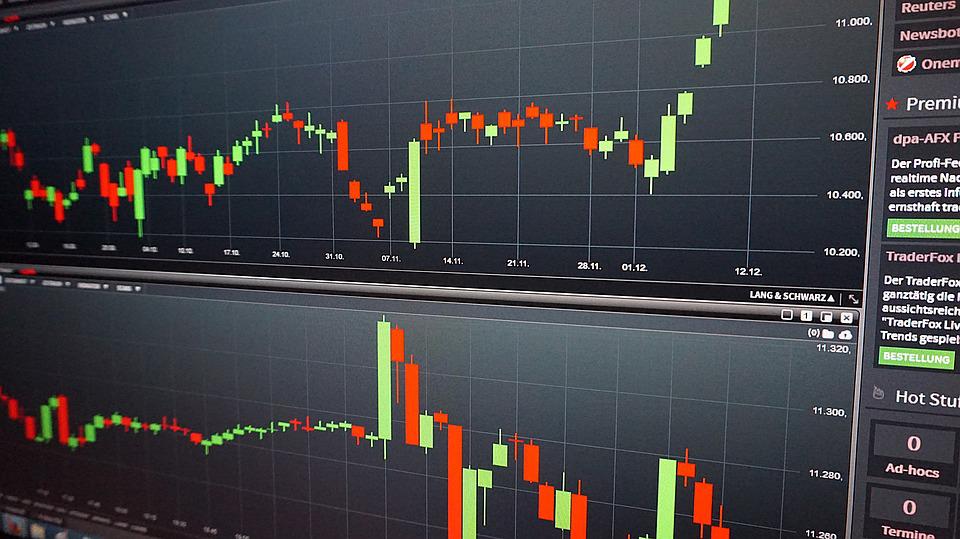Trading alerts are pivotal tools for traders looking to optimize their decision-making process. Specifically, when utilizing Thinkorswim (TOS), a favorite platform among many stock and options traders, the question arises: is it better to utilize the ‘Mark’ price or the ‘Last’ price for setting alerts? This question sparks a broader conversation, as it touches on the nuances of market price movements, trader psychology, and the impact of real-time data on trading strategies.
To grasp the implications of choosing between ‘Mark’ and ‘Last’ for alerts, it’s essential to dive into the concepts behind these terms. The ‘Last’ price reflects the most recent transaction at which a trade was executed. This figure can provide a momentary snapshot of a stock’s price but may be influenced by sporadic volatility, particularly in highly liquid assets. On the other hand, the ‘Mark’ price represents a market-derived estimate of a security’s value, often calculated as a midpoint between the bid and ask prices. Essentially, it contextualizes the value of a stock, factoring in supply and demand, particularly in fast-moving markets.
Understanding these dynamics compels us to evaluate why a trader might be drawn to one over the other. The ‘Last’ price may appear enticing due to its immediacy. For day traders aiming for quick profits, receiving an alert based on the Last price could facilitate rapid entry or exit points. However, this immediacy comes with caveats. It can foster a false sense of security, as these prices may fluctuate dramatically within seconds, provoking impulsive trading decisions that could lead to substantial losses.
In contrast, the ‘Mark’ price embodies a more stabilizing force. By utilizing the midpoint of the bid and ask, traders can secure a more balanced perspective on a stock’s value. This approach might be particularly beneficial in volatile markets, where prices can swing wildly. A trader relying on the Mark price may find themselves better equipped to make informed decisions, anchored in a more comprehensive understanding of market dynamics.
Intriguingly, a trader’s individual strategy can dictate the effectiveness of either price point. For instance, if a trader is employing a scalping strategy, they might prefer the Last price to capitalize on rapid price movements. Conversely, someone engaging in longer-term strategies might lean toward alerts based on the Mark price to ensure they are capturing a meaningful average that reflects overall market sentiment. Notably, the choice isn’t merely a matter of preference; it also highlights deeper psychological attributes that resonate with different trading philosophies.
Another dimension to consider is the precision of alerts and their timing. Setting alerts using the Last price may result in a trader receiving notifications based on trades that, while completed, do not accurately represent the market’s current state. This discrepancy can lead to missed opportunities or, worse, entering trades under misleading pretenses. Conversely, alerts based on the Mark price may provide a more reliable signal, capturing a truer essence of the ongoing market conditions and thus facilitating a more calculated approach.
Furthermore, the importance of customization within Thinkorswim cannot be overstated. Traders can configure alerts tailored to their specific strategies, allowing for adjustments that reflect market trends and trading goals. As you contemplate whether to prioritize the Mark or Last price for alerts, the ability to experiment with alerts on TOS provides a fantastic opportunity for introspection and analysis. By switching between the two and documenting outcomes, traders can navigate the layers of data that define their performance.
Moreover, engaging in a dialogue about trading approaches encourages a sense of community among traders. Observing how others deploy alerts can yield insights that may shift one’s perspective entirely. Conversations around the efficacy of the Mark price versus the Last price often yield intriguing discussions, revealing the varied experiences and strategies employed by others. It’s this community aspect that fosters a deeper understanding of trading psychology and potential pitfalls that can arise from choosing one alert system over another.
In summation, the decision to utilize the Mark or Last price for alerts in Thinkorswim is shrouded in a quagmire of market psychology, strategy implementation, and individual trading goals. Each option offers a unique set of advantages and potential pitfalls. The Last price might appeal to those enamored with quick trades, whereas the Mark price could capture the interest of those seeking a more measured approach. Ultimately, the key lies in understanding the specific needs of your trading style and leveraging the customizable nature of TOS to maximize the benefits of whichever alert system you choose. As trading remains a journey steeped in continuous learning, identifying the right alerts may very well be the start of a newfound trading perspective.
